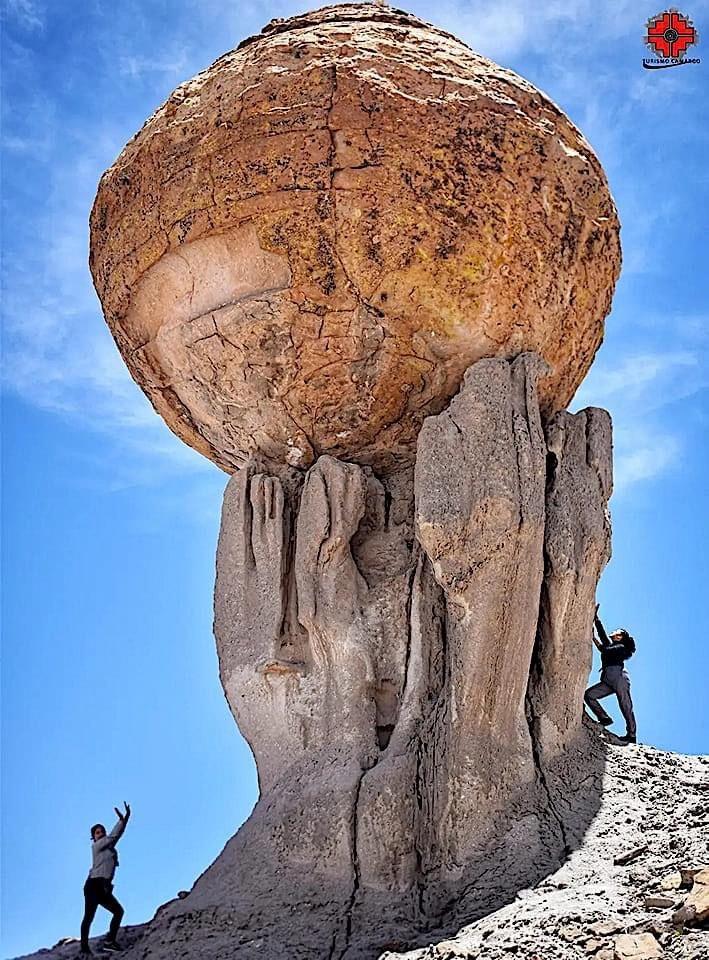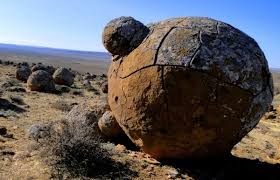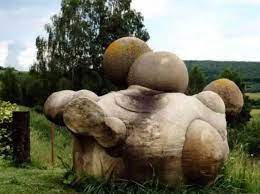A newly discovered tunnel beneath an Aztec pyramid is unlocking past secrets and rewriting history.
The idea of a newly discovered tunnel beneath an Aztec pyramid is a powerful and captivating image, and in this case, it is rooted in a real, groundbreaking archaeological discovery. While not a conventional Aztec pyramid, a mysterious tunnel was found beneath the Pyramid of the Feathered Serpent in the ancient city of Teotihuacan, Mexico. This discovery, which was sealed for nearly 2,000 years, has indeed provided unprecedented insights into the civilization that built it.

The tunnel was first found in 2003 by archaeologist Sergio Gómez Chávez after a heavy rainstorm created a sinkhole at the foot of the pyramid. The tunnel, which runs for over 100 meters, was intentionally sealed with immense stones around 200 AD. After years of careful excavation, archaeologists discovered thousands of artifacts inside, including jade, obsidian, animal remains, and strange, large yellow spheres. The sheer volume and variety of offerings—many of which were found arranged in a specific, ritualistic manner—provide a wealth of new information about the cosmology and beliefs of Teotihuacan’s people.

While the discovery is not “rewriting history” by overturning established facts, it is certainly unlocking past secrets and adding a vital new chapter to our understanding of this mysterious culture. The most significant finding was the discovery of several burial chambers at the end of the tunnel. Archaeologists believe these may have been the tombs of Teotihuacan’s rulers or other high-ranking individuals. Because the rulers of Teotihuacan have never been definitively identified, the potential discovery of a royal tomb would be a monumental find, offering clues about the city’s power structure and system of government. The tunnel, therefore, represents a unique opportunity to peer into a part of history that was intentionally hidden for centuries
